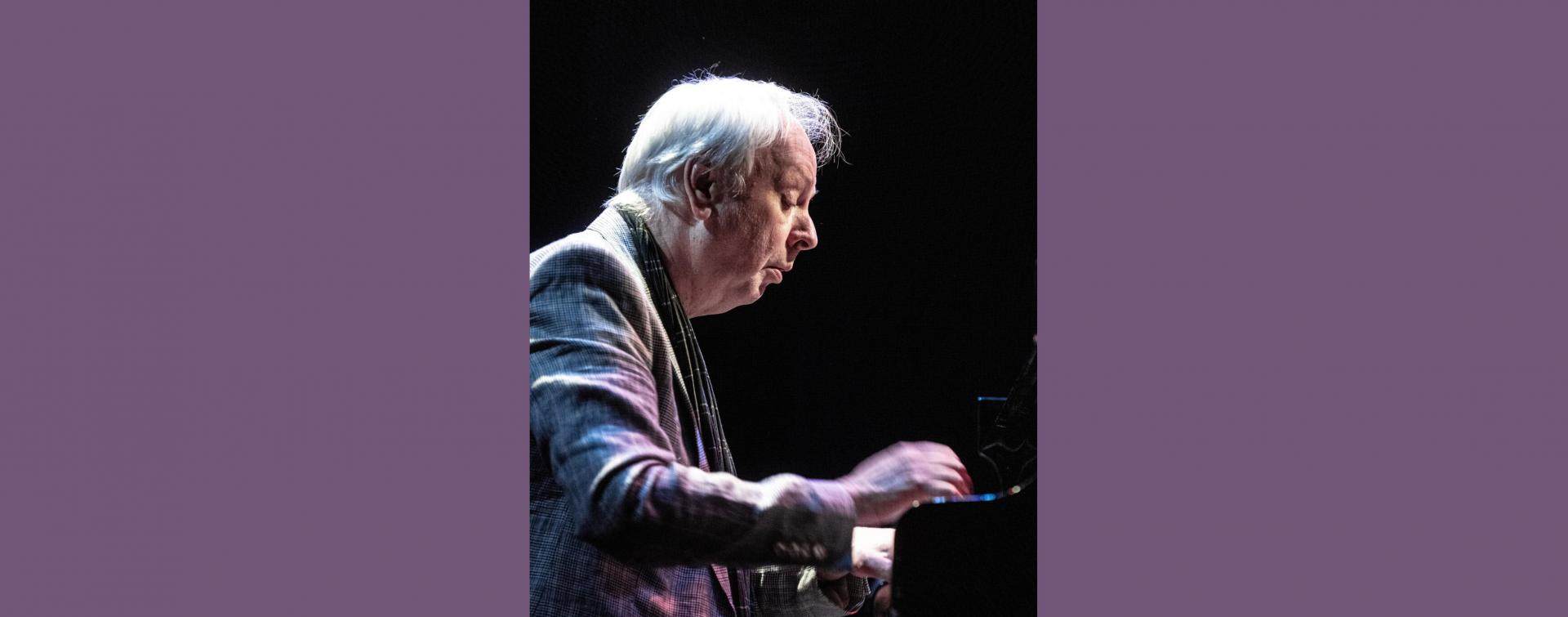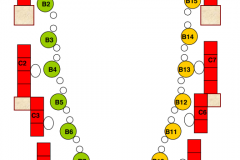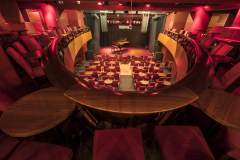Earl Howard, Georg Graewe, Gerry Hemingway
March 2025 | ||||||
|---|---|---|---|---|---|---|
Mo | Tu | We | Th | Fr | Sa | Su |
I met Earl Howard in 1991 during my first guest appearance in New York. I played at the old Knitting Factory with my trio with Ernst Reijseger and Gerry Hemingway, who had worked a lot with Earl since the early 1980s - as a duo as well as in larger constellations with George Lewis, Anne LeBaron and especially with Anthony Davis. When I founded Random Acoustics two years later, Earl Howard's "Pele's Tears" was one of the first releases on my label (catalog number RA 004). Over the years we have played together from time to time, in a trio with Hemingway in New York and Boston, but also in a quartet (with Ernst Reijseger) at the Moers Festival and at the Donaueschinger Musiktage. Most recently at Gerry's residency at John Zorn's "The Stone" in New York (2015).
Earl Howard has been developing a kind of electronic and instrumental music that is completely unique for 50 years now. His concerts in Europe are rarities - and I am particularly pleased that the time has finally come again in March 2025. (Georg Graewe)
Program and cast
Earl Howard: electronics, alto saxophone
Georg Graewe: piano
Gerry Hemingway: drums
PORGY and BESS Jazzclub
Porgy & Bess (actually, Jazz and Music Club Porgy & Bess ) is a jazz club in the Riemergasse 11 in the 1st district of Vienna. The club , founded in 1993 is considered " the most important jazz organizer and trendy meeting point " of the Austrian capital .
The program of Porgy & Bess speaks to a very large audience , about 70,000 guests a year ; is accordingly Jazz " understood very pluralistic ," and the program " even in fringe areas , such as electronic music , contemporary music and world music penetrated . " Many international artists , particularly from the U.S. space , see also Austrian musician here an opportunity to perform . The club also offers the stage for events, such as the award of the Austrian World Music Award.
Musicologist Christian Scheib According to the Porgy & Bess " at the same time essential for the development of the musical ( jazz ) reality of a City" and needs and uses ' plain commonplace as urban space music. " It creates itself " through artistic preferences, acoustic quality , capacity and real capacity, the necessary exclusion of other clubs. " Here, the different areas of the jazz clubs allow - the area in front of the stage with tables, upstairs gallery , a lateral area with a bar at counter - different intense concentration on the concert scene . For Jazzthetik Porgy & Bess is even a " traditional club . "

 EN
EN DE
DE IT
IT FR
FR ES
ES RU
RU JP
JP RO
RO
 Seating plan
Seating plan 